Businesses worldwide use cloud computing for various purposes such as data storage, data backup, software development, system testing, and disaster recovery. However, cloud computing is not confined to a particular industry as it finds applications in healthcare, insurance, automotive, marketing, retail, and many others due to its extensive benefits.
The retail sector, in particular, requires adopting cloud retail solutions to stay competitive in the ever-growing market. Cloud computing simplifies workflows, reduces IT costs, and enhances customer experience, making it a crucial technology for the retail industry.
For example, most retail companies have focused on the concept of omnichannel as a way to improve customer experiences. While some bridges have been built between channels, like buying online and picking up in-store, most customer journeys have remained linear and channel-specific. However, the era of customer engagement is about to change.
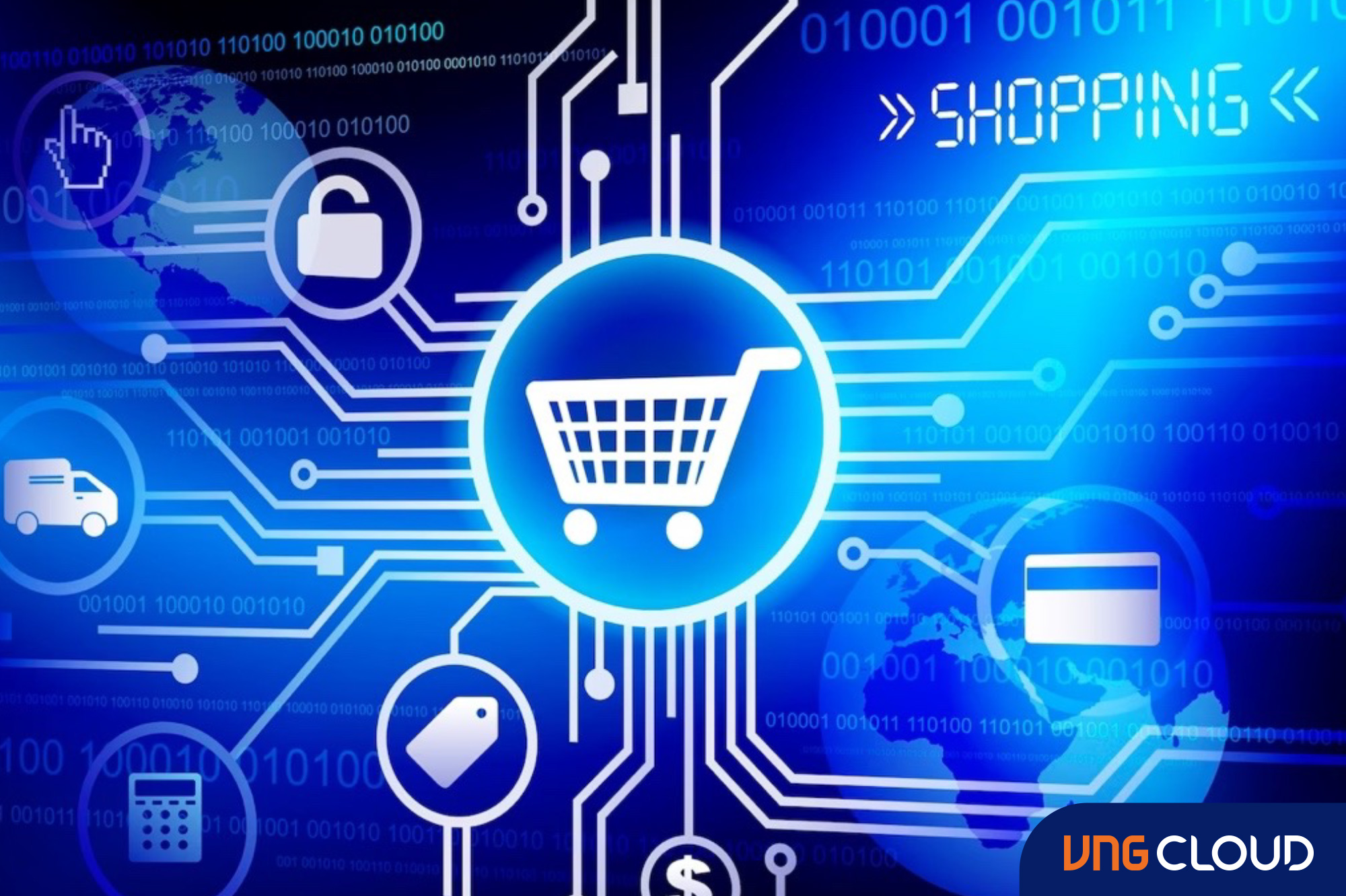
When touchpoints turn into tipping points
Compared to just a few years ago, purchasing journeys now have significantly more touchpoints. According to Google research conducted in 2014, the average journey consisted of nine interactions between customers and companies. However, nowadays, the number of touchpoints has increased to anywhere between 20 to 500, depending on the product or service being offered by companies.
The increase in touchpoint-centered engagement can be attributed to the decreasing costs of related technologies. Until recently, next-generation interaction tools were either unaffordable or not feasible for widespread use by companies. However, advancements in capabilities and cost have resulted in significant improvements. For instance, the cost of creating an artificial intelligence-based image classification system has decreased by around 33% in the past four years, and the training time has improved by 94%. Similarly, the median price of robotic arms has gone down by 46% in the past five years.
Another factor contributing to the increased touchpoint-centered engagement is the improved accessibility of critical capabilities. The number of retail companies using cloud technology has grown significantly, accompanied by a growing number of services that utilize cloud-based data. This combination has enabled companies to interact with customers in more sophisticated and advanced ways.
The third reason for the increase in touchpoint-centered engagement is the continued surge in investment towards next-generation interaction. Funding for in-store technology has increased by over four times since 2017, rising from $2.4 billion to $10.7 billion. Additionally, AI initiatives have attracted $93 billion in 2021, which is an increase from $40 billion in 2019.
Touchpoints in Retail Omni Engagement
Rather than focusing on distribution, retail companies will now center their go-to-market strategy on touchpoints. These touchpoints can include chatbots, kiosks, AI advisors, and other physical, digital, or virtual interactions that customers have with companies during their purchasing journey.
Currently, a customer can scan a QR code to access basic product or pricing information while shopping in-store. However, advancements in technology will soon allow that same QR code to connect customers with a sales agent, enable purchases, and allow them to join a community of users with a single interaction.
This shift is due to advanced technologies that provide touchpoints with greater functionality and connected networks that continually provide updated insights. Touchpoints are no longer just nodes on a predefined distribution path but are becoming full-blown portals.
To attain true cloud and omnichannel capabilities, leaders will need to manage the complexity resulting from these advances, and orchestrate even more data and analytics. Ultimately, this shift in strategy will increase engagement and improve the overall customer experience.
In the coming years, it is anticipated that touchpoints will assume a more significant role in the customer journey, serving as an all-encompassing gateway rather than a mere stopover on a linear or channel-specific path.
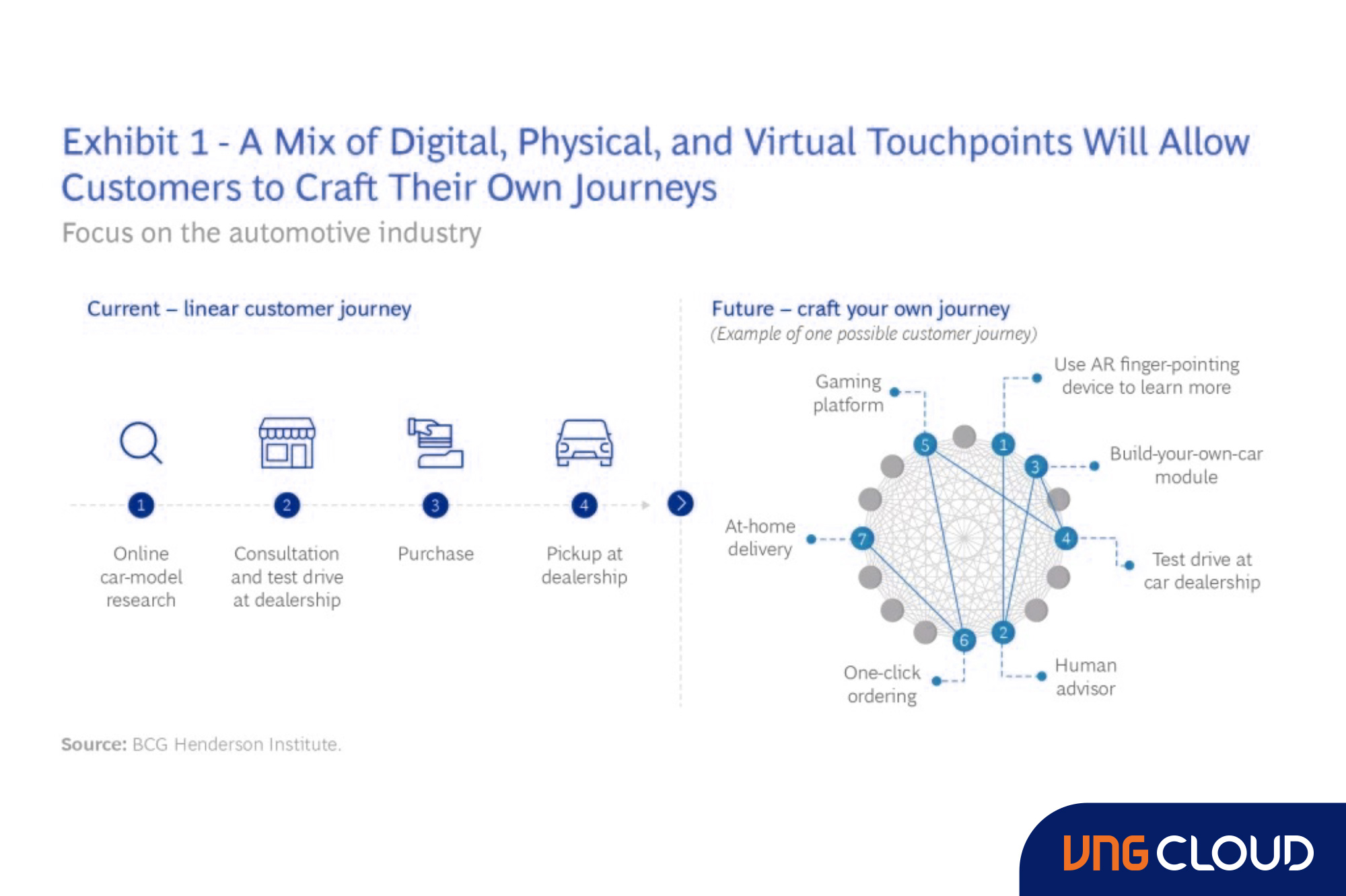
According to BCG, there are 3 powerful enablers driving this evolution:
- Massive amounts of real-time data: Every physical, digital, augmented and virtual interaction will act as the outer face of a network that is interconnected, with streams of continually refreshed, often real-time data flowing through it.
- Continuous two-way conversations: Networks that are information-rich will easily identify customers as they move along the purchasing path. This will enable companies to offer more relevant content and personalized experiences, while also giving customers a say in co-creating what they receive.
- Boundary-less transactions: Any touchpoint can act as a point of sale, significantly extending a company's reach and creating new revenue opportunities.
Collectively, these advancements will enable customers to take full control of their purchasing experiences. Through turbocharged touchpoints, customers can access any buying stage they desire, over any medium and channel they prefer, and in any order they choose. This creates the potential for true omni engagement in the retail industry.
Major corporations are taking advantage of advancements in technology to enhance customer experiences and generate valuable data. For instance, L'Oréal has developed a connected device that allows customers to print customized lipstick shades, while collecting data on customer interactions to inform product development and marketing. L'Oréal has also expanded the use of QR codes to provide customers with more transparent information on product sourcing and development. Similarly, B2B companies such as John Deere are using smart equipment and data intelligence to help farmers improve yields, profitability, and sustainability.
As technology continues to evolve, experts anticipate touchpoints falling into three main categories: frictionless experiences, augmented experiences and intuitive interactions.
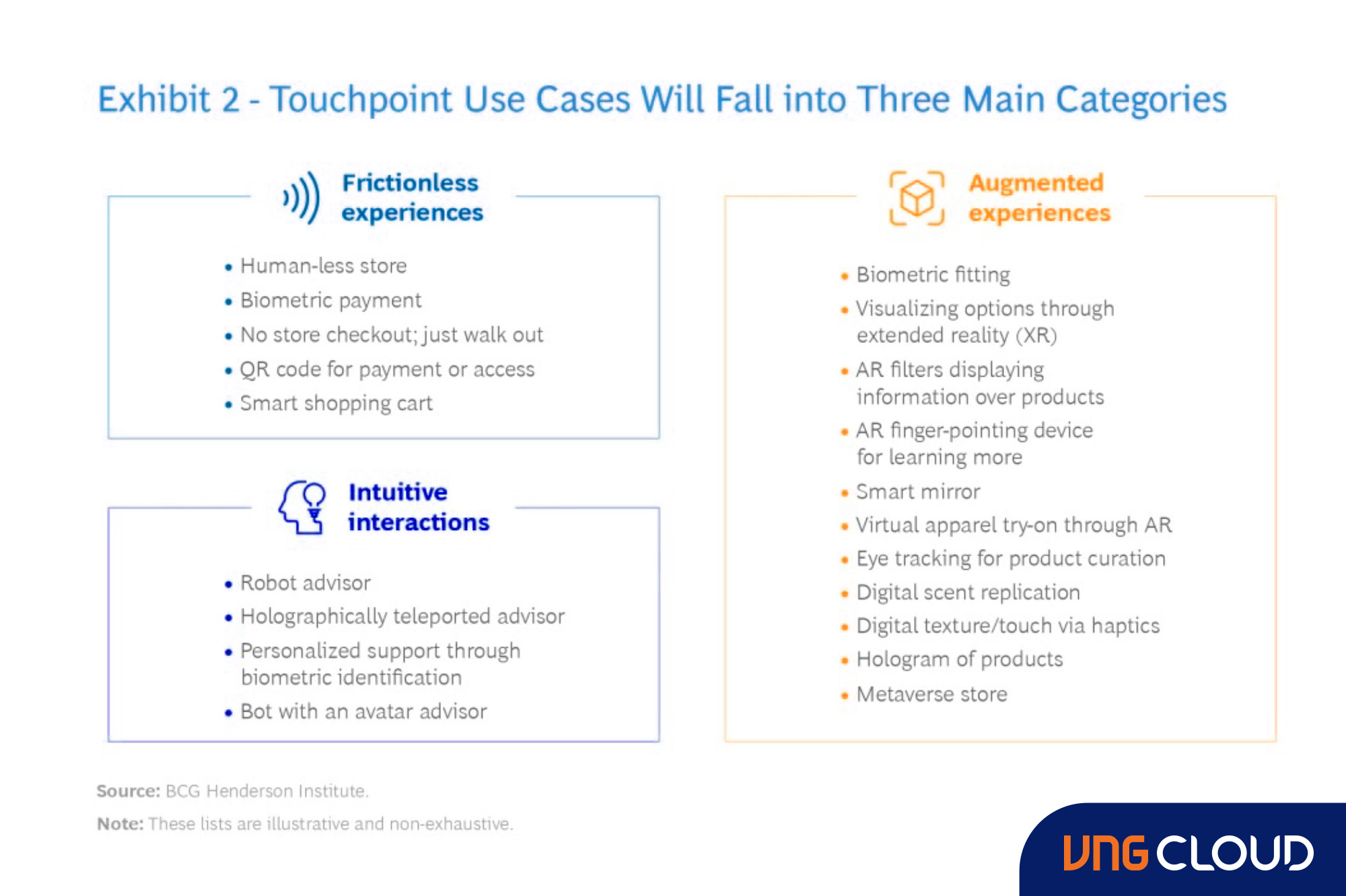
- Frictionless experiences: Create seamless purchasing experiences by leveraging touchpoints. Amazon Go stores epitomize this type of experience by providing a unified and highly integrated touchpoint through the store. This allows customers to complete their entire shopping journey with minimal effort, simply by entering the store, selecting the desired items, and walking out. Technologies such as QR-enabled payments and smart carts with automatic item scanning are some of the typical tools that can facilitate this type of shopping journey.
- Augmented experiences: Enhance customer experiences by providing integrated information through multisensory channels that allow them to "see" or "feel" things in a single location that would otherwise be impossible. An example of this is smart mirrors that enable customers to virtually try on outfits. H & M, for instance, is incorporating radio-frequency identification (RFID) technology into some of its fitting-room mirrors to recognize the size and color of the clothes customers bring in with them. This enables personalized product and styling information to be displayed on the mirror. As AR/VR tools become more widespread over the next few years, we can expect significant innovations in how these capabilities are integrated into the purchasing process.
- Intuitive interactions: Create natural interactions that utilize real-time data to facilitate personalized content and compassionate engagement. Nike's flagship stores feature activity centers with basketball hoops, treadmills, and other fitness equipment that customers can use to test out gear. Cameras capture a customer's movements and gait, providing sales staff with more detailed insights to make specific recommendations. Digital assistants, such as apps that enable customers to view and share footage of themselves playing basketball, bots that offer customized communications, and automated push notifications that provide users with personalized offers.
So what is the enabler that allows retail businesses to apply these modern technologies?
Cloud Adoption in Retail Industry
As mentioned in the previous article, those technologies require a high level of technical agility, which can only be achieved through a cloud foundation. Cloud computing is revolutionizing the retail industry by enabling better inventory management, personalized shopping experiences, improved customer service, and increased security.
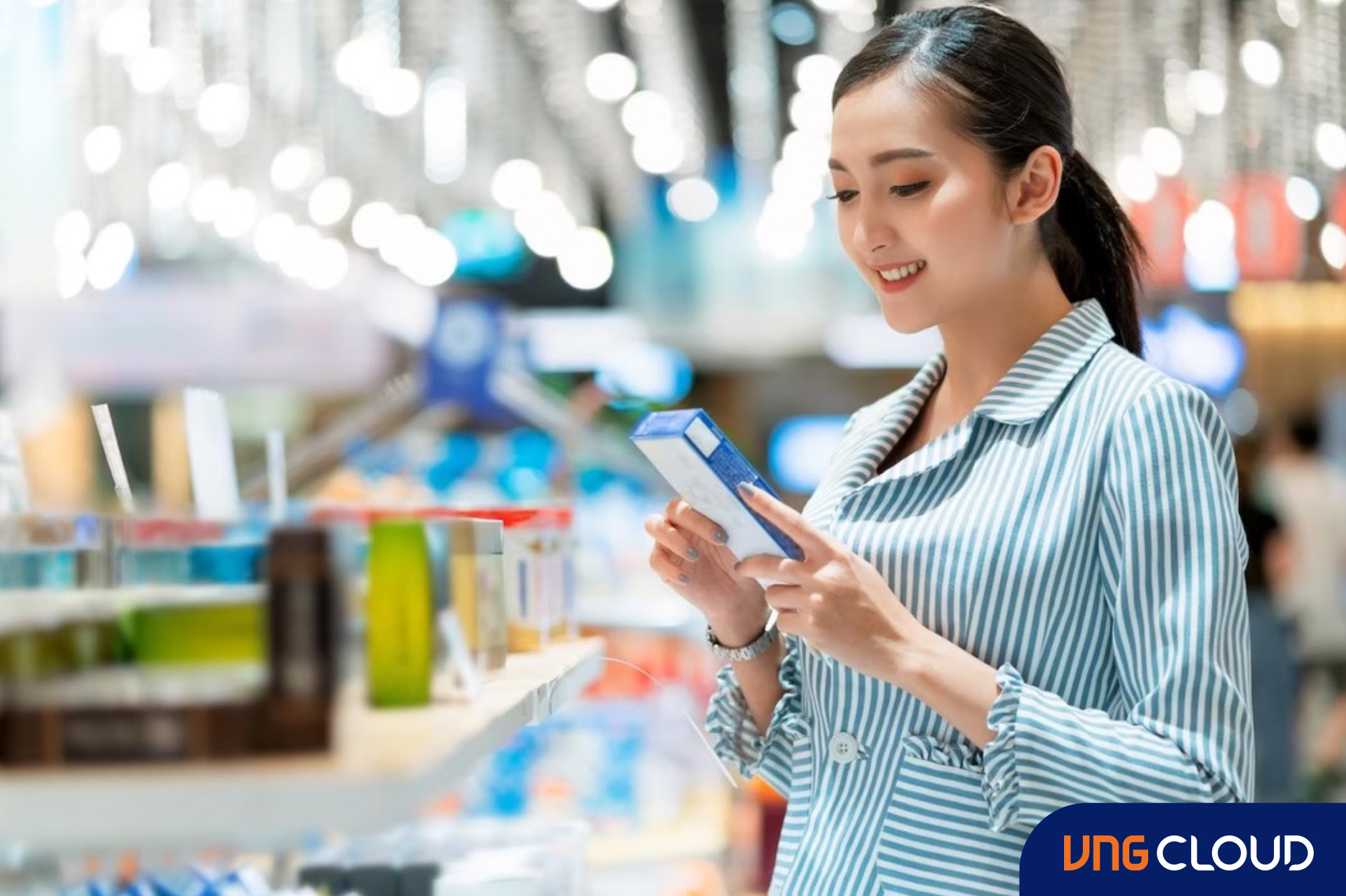
Here are some of the primary applications of cloud computing in the retail sector:
1. Price management
Effective price management is crucial in influencing consumers' purchasing decisions. To achieve this, sellers need to monitor competitors' prices, analyze sales trends, and assess the impact on margins before setting competitive prices for their products in physical and online stores. However, manual methods of conducting these tasks are time-consuming and may result in errors.
In contrast, cloud computing in retail provides reliable data and significantly reduces the workload for data specialists. It can extract data from various sources and prepare it for pricing analysis. Furthermore, cloud-based retail solutions can automatically update in-store and online prices, thereby streamlining the selling process.
2. Inventory Management
Inventory management is a critical task for the retail industry, and it can be particularly challenging for businesses with numerous store locations to monitor and maintain inventory in real-time. Nevertheless, retail cloud services offer real-time data that enables seamless tracking and monitoring of inventory in real-time. Cloud computing in retail also eliminates the need for businesses with multiple stores to manually synchronize their inventory levels across different locations.
3. Managing Warehouse Remotely
Cloud computing in retail allows for remote management of warehouses, eliminating the need for physical presence. With access to real-time stock volumes and information on delivery center locations, retailers can manage their warehouses from any location using the cloud.
4. Personalized Product Recommendations
Consumer preferences vary, and displaying personalized products to each consumer significantly impacts conversion rates and profits. However, personalization necessitates data from multiple sources. Cloud-based retail software provides data cleansing and manipulation tools that integrate multiple data sources. Moreover, cloud computing in retail enables retailers to establish A/B testing scenarios, evaluate performance, and more.
Benefits of Cloud Computing in Retail Business
Cloud in the retail sector offers a wide range of benefits:
1. Cost Savings
Cloud computing in retail helps save money in many ways. With the cloud, companies don’t have to buy, maintain, and update systems and IT hardware because the cloud service provider will do it for them. This means they don’t have to hire employees and pay them to perform these tasks. Moreover, with the cloud, retail businesses only pay for the storage and resources they use, which further reduces costs.
Cloud retail solutions also offer indirect cost savings by eliminating time spent on budget approval, planning, etc.
2. Enhanced Online Shopping Experience
Retail businesses gather extensive data on consumer orders and sales, which can be used to offer customized shopping experiences, promotions, and special memberships. However, many retailers fail to leverage this data to their advantage.
Cloud-based retail solutions provide predictive analysis of consumer buying behavior and help retailers analyze trends and customer interactions. By analyzing a consumer's purchasing patterns, such as frequently purchased items and preferences for discounted items, retailers can offer personalized product recommendations. This data analysis can lead to a more tailored and efficient shopping experience for consumers.
3. Improved POS System
An excellent point-of-sale or POS system is crucial for improving the customer experience. Cloud-based POS systems are highly scalable and update automatically without any downtime. By utilizing cloud-based POS systems, retailers can ensure hassle-free checkouts and payments for their customers.
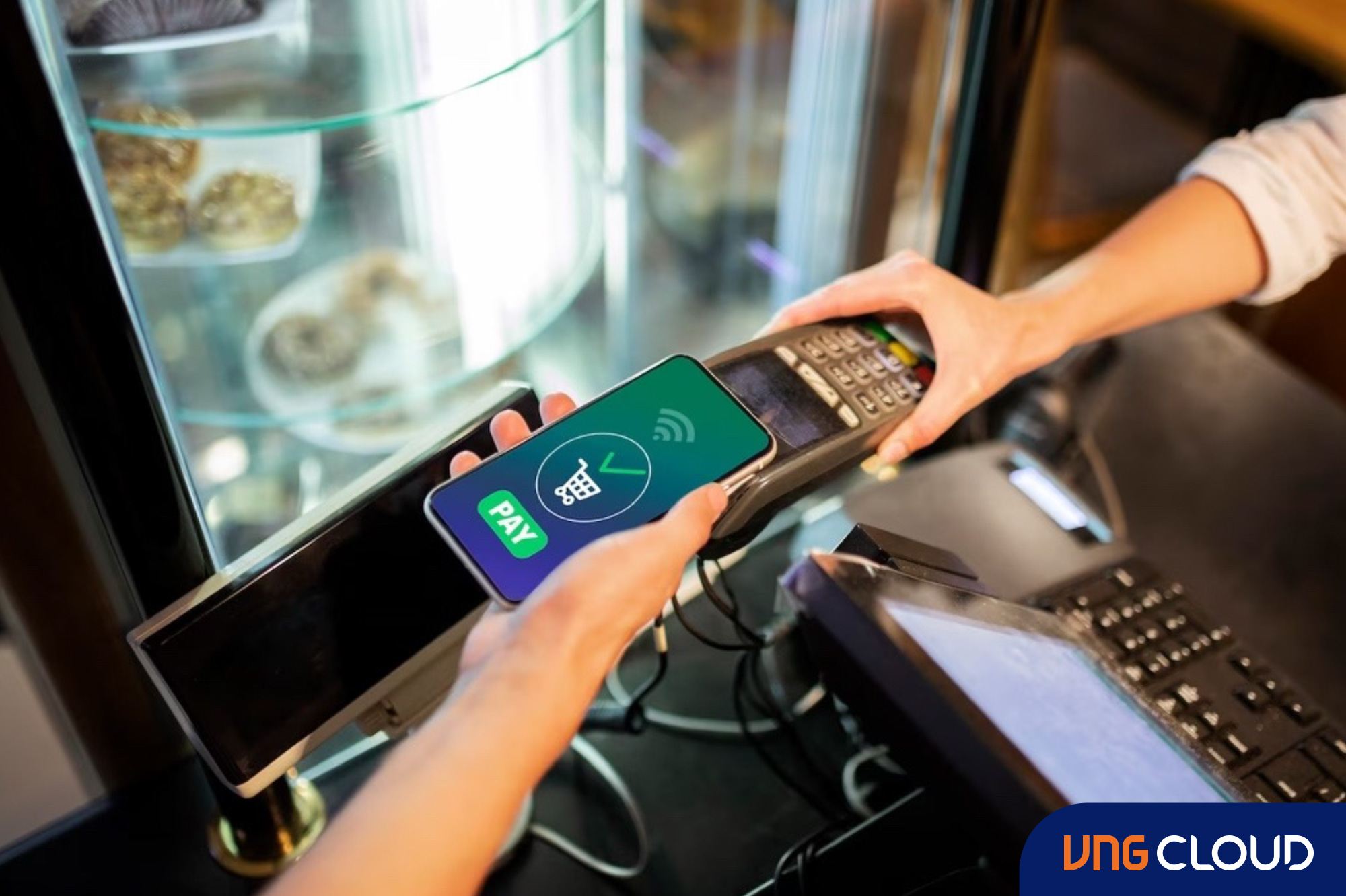
4. Better Inventory Management
Retail companies can track and monitor real-time inventory through cloud computing. This allows businesses to access their inventory data instantly and check stock availability from anywhere at any time. This helps prevent overstocking or understocking of products. In addition, cloud retail solutions can automate order placements, streamlining the ordering process for both retailers and customers.
5. Disaster Recovery
The retail industry values data as a valuable asset, and protecting it is crucial. Traditional data recovery methods can be time-consuming and expensive. However, with cloud disaster recovery, businesses can quickly recover their critical data and access it from anywhere.
Cloud computing solutions in retail provide the ability to backup data and initiate disaster recovery from any location and at any time, offering greater flexibility and security in protecting valuable data.
6. Manufacture New Products
In a constantly evolving retail market, understanding and meeting consumer demand is critical to the survival of businesses. Cloud retail solutions provide advanced data analytics capabilities that enable retailers to comprehend consumers’ preferences based on their feedback and reviews. This information can be used to develop new products with the features that consumers desire, while also discontinuing products that do not meet their expectations.
7. Improved Security
To ensure the highest level of security, retailers must implement multiple layers of protection, including encrypting sensitive data, establishing secure firewalls, enforcing strong passwords, two-factor authentication, and conducting regular security audits. Cloud vendors can provide additional support by offering built-in security features, such as multi-factor authentication, intrusion detection and prevention, and data encryption at rest and in transit. With cloud computing, retailers can also benefit from advanced threat detection and response capabilities, which can help identify and mitigate potential security threats in real-time.
In conclusion, cloud computing has revolutionized the retail industry by enabling retailers to seamlessly manage their operations across multiple channels, and deliver a better customer experience at the touchpoints. Cloud-based retail solutions provide advanced data analytics, real-time monitoring, and disaster recovery capabilities that can help retailers make data-driven decisions and stay ahead of the competition. As the retail landscape continues to evolve, cloud computing will undoubtedly remain a critical tool for retailers to thrive in the omnichannel era.